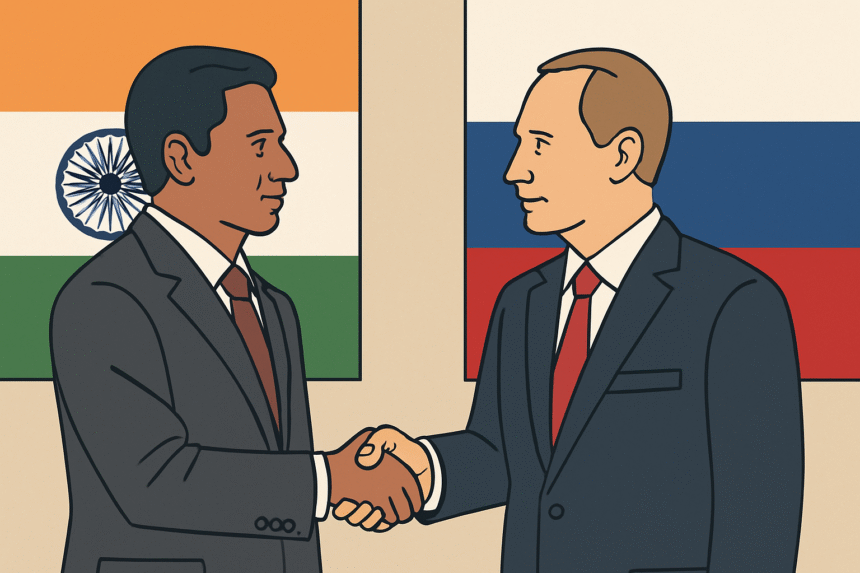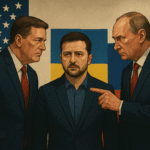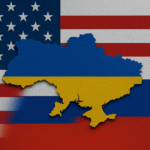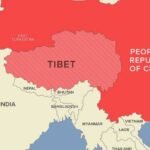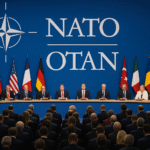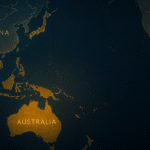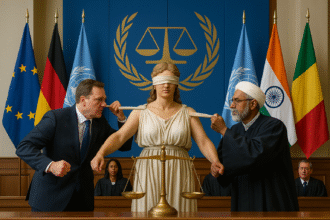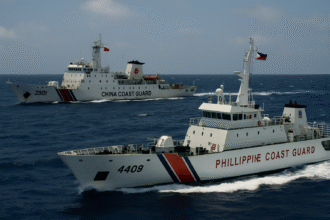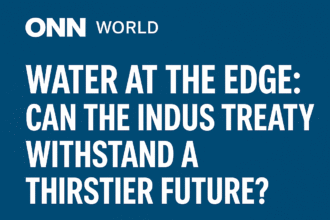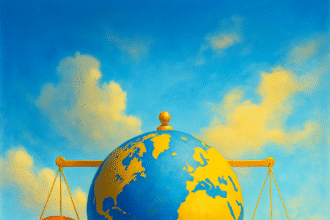As Western pressure on Russia mounts, India continues to walk a careful tightrope—one that balances strategic autonomy, energy security, and great power diplomacy.
In a high-profile visit to Moscow this week, India’s External Affairs Minister Dr. S. Jaishankar met with his Russian counterpart Sergey Lavrov and Russian President Vladimir Putin, reaffirming the long-standing strategic partnership between New Delhi and Moscow. This comes despite intensifying calls from the U.S. and European Union for nations to isolate Russia diplomatically over its ongoing war in Ukraine.
India, however, has taken a different route—asserting that national interest and multipolar diplomacy guide its foreign policy. While reaffirming its respect for international law and territorial sovereignty, New Delhi has consistently refrained from condemning Moscow at the United Nations.
The bilateral talks covered trade, defense cooperation, and energy ties. According to Indian officials, both sides are working on a rupee-ruble payment mechanism to shield transactions from U.S.-led financial sanctions. Additionally, Indian oil refiners continue to purchase Russian crude at discounted rates—ensuring both affordability and supply security for a nation highly dependent on energy imports.
The Russian side welcomed India’s continued engagement. “We appreciate India’s balanced position. Our cooperation is proof that multipolarity is not just a slogan,” said Lavrov during a joint press briefing.
A Balancing Act
India’s stance has drawn scrutiny from Western capitals, particularly Washington. However, analysts argue India’s approach is shaped by both legacy ties and present-day pragmatism.
“Moscow remains a critical defense supplier. Nearly 60% of India’s military equipment is of Russian origin,” notes Dr. Aruna Sharma, a former Indian diplomat. “While India is diversifying, immediate strategic autonomy still relies on that equation.”
At the same time, India has deepened cooperation with the United States and its allies through platforms like the Quad and bilateral defense agreements. It’s a posture some describe as ‘strategic hedging.’
“This is not fence-sitting; it’s calibrated diplomacy,” says C. Raja Mohan, foreign policy scholar and senior fellow at the Asia Society Policy Institute. “India doesn’t want to be trapped in binary Cold War-style alliances. It wants optionality.”
BRICS and the Global South
The visit also laid groundwork for the upcoming BRICS summit, expected to be held in Kazan later this year. Both nations emphasized strengthening BRICS+ as a platform for the Global South to push for reforms in global governance, especially in the IMF, World Bank, and UNSC.
There is growing interest in using alternative currency frameworks for trade, with both India and Russia supporting moves to reduce dollar dependence. However, India remains cautious about full adoption of a yuan-led system, seeking instead a more plural reserve currency order.
The View from New Delhi
Public discourse in India reflects a nuanced understanding of the nation’s geopolitical priorities. Commentators note that the West’s own inconsistencies—in dealing with authoritarian states like Saudi Arabia or Turkey—limit its moral authority.
At the same time, voices from civil society caution that India must not be perceived as enabling aggression. “Neutrality cannot mean silence,” wrote The Indian Express in a recent editorial, urging India to take a more active role in peacebuilding.
For now, India continues to walk its chosen path—neither fully aligning with the West nor abandoning its old ally in the East. Whether this diplomatic middle-road can be sustained as global fault lines deepen remains an open question.

